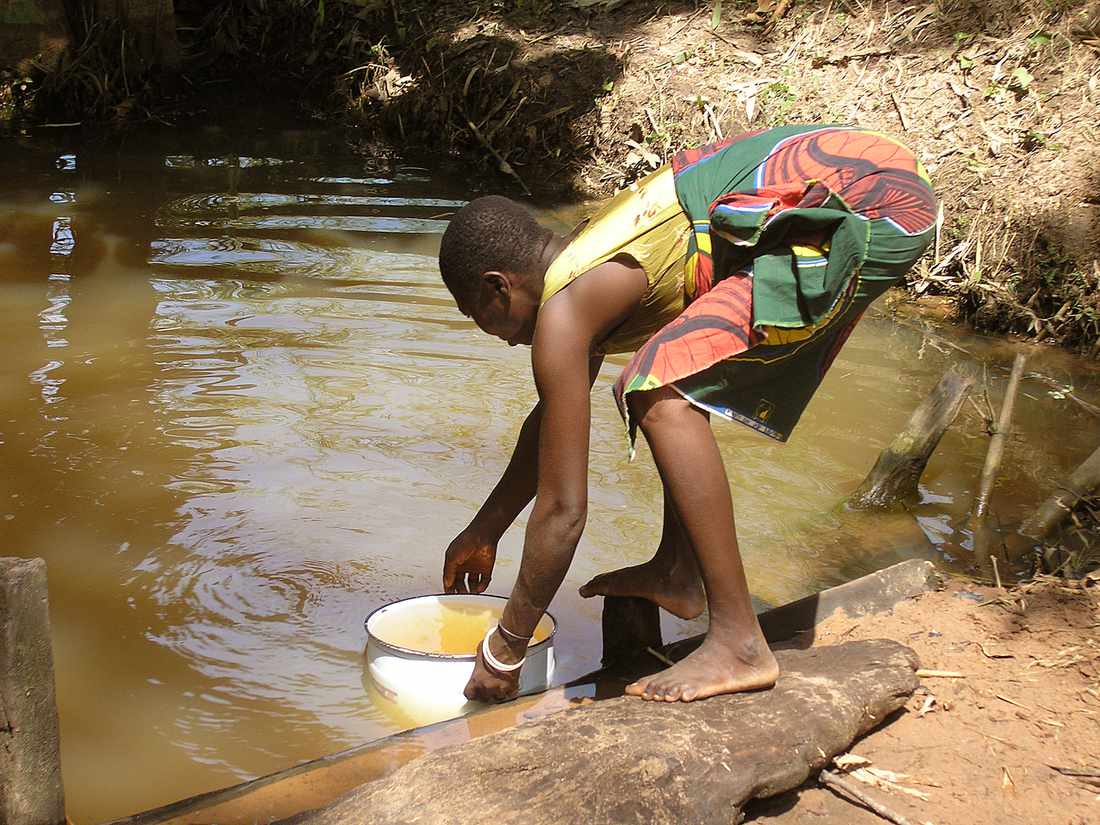Mass treatment of bilharzia, worms to begin next month

Some diseases such as schistosomiasis, also known as bilharzia, are infections caused by a parasitic worm that live in fresh water in subtropical and tropical regions. PHOTO | COURTESY
What you need to know:
- The drugs will be distributed from August 24 -29 in a move aimed at controlling the spread of the diseases in Kisumu, Homa Bay, Migori, Siaya and Busia counties following a spike in the number of cases.
- According to Head of the Division of Vector-Borne and Neglected Tropical Diseases Wickliffe Omondi, about six million people are being targeted for the treatment of bilharzia and intestinal worms.
The Ministry of Health has announced mass administration of drugs to control schistosomiasis (bilharzia) and intestinal worms in five counties in the Lake Region.
This comes after a granular mapping exercise conducted in November last year revealed that the two neglected tropical diseases were endemic in the region. The drugs will be distributed from August 24 -29 in a move aimed at controlling the spread of the diseases in Kisumu, Homa Bay, Migori, Siaya and Busia counties following a spike in the number of cases.
According to Head of the Division of Vector-Borne and Neglected Tropical Diseases Wickliffe Omondi, about six million people are being targeted for the treatment of bilharzia and intestinal worms.
“We have embarked on training about 9,000 health workers in the five counties to build their capacities and prepare them for the mass drug administration exercise,” said Dr Omondi. Some of the health workers set to undergo the training are pharmacists, Neglected Tropical Disease coordinators, medical officers and health records officers.
Dr Omondi said the national government will work with the county governments to mount stations in churches, mosques and bus terminals to reach as many people as possible.
He noted that the burden of NTDs has negatively impacted productivity of learners, leading to social isolation and physical deformities if not treated early.
“NTDs prevent adults from going to work. Some suffer from chronic disabilities, impairment and stigma and some live in isolation. For children, intestinal worms cause them to have malnutrition, leading to stunted growth and therefore affecting their studies.”
He added that the national government is prioritising cost-effective and sustainable interventions to eliminate NTDs in the country.
‘The preventive therapy treatment is voluntary and encouraged to all residents to fight these diseases. We are determined to eliminate at least four NTDs by 2027. Already as a country, we are free from the Guinea Worm disease,” he said. The central region, he said, is closer to completely eradicating the disease, followed by the coast and Western regions, which have so far received three rounds of the mass drug administration. However, managing the diseases in the Lake Region is still a challenge to its proximity to Uganda and Tanzania. “This is because we are sharing the lake with other countries, and there is a lot of spillover from our neighbouring countries.”
According to the World Health Organization, Africa has at least 20 Neglected Tropical Diseases.
Kenya has reported 16 of the 20 listed NTDs. Some of the NTDs affecting the population are elephantiasis, bilharzia, intestinal worms, dengue fever, chikungunya, river blindness, rabies and jiggers.
Speaking early this year during celebrations to mark World NTDs Day, Dr Omondi, said the highest burden of NTDs is intestinal worm infections, which affect about 27 counties.
He added that about four million people from the coastal region alone are affected by elephantiasis.
“When we calculate the number of people suffering from NTDs in the 27 counties, it is close to 25 million. Ten million people have bilharzia in 10 counties spread across coastal region, lake region and Western Kenya,” said Dr Omondi.
For trachoma, there are 1.4 million cases spread in arid and semi-arid areas.





